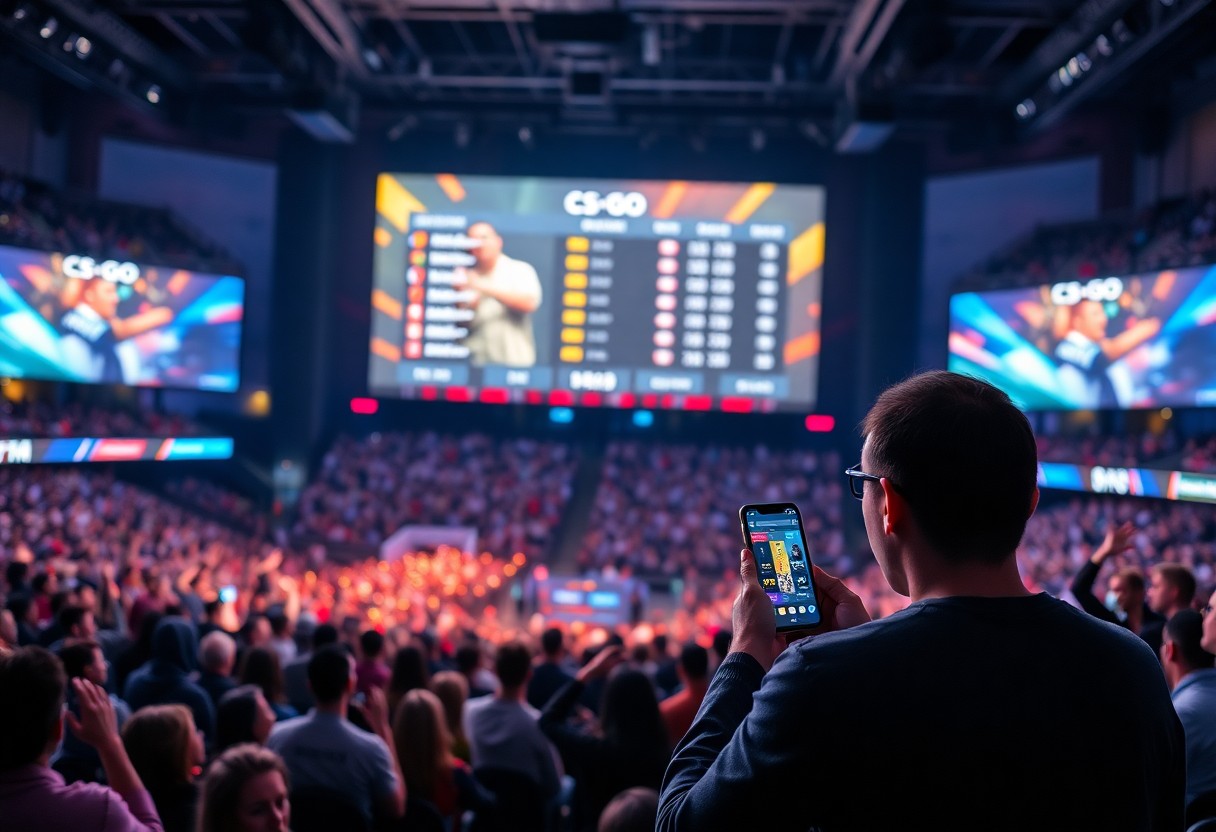Many observers of the esports landscape have raised eyebrows at the remuneration packages for professional players in the popular game Valorant. Despite the significant revenue generated by tournaments, merchandise sales, and streaming, the compensation for top-tier players often seems disproportionately low when weighed against the financial success of the title. This discrepancy sheds light on broader trends within the gaming industry and raises important questions about the future of esports and player welfare.
Valorant, developed by Riot Games, quickly gained popularity following its release in 2020 and has since become a staple in competitive gaming. Not only has it attracted millions of players worldwide, but it has also generated substantial revenue through in-game purchases, battle passes, and various monetization strategies. Major tournaments featuring Valorant have rewarded players and teams with multi-million dollar prize pools, demonstrating that the game’s audience is willing to invest heavily in professional play.
Nevertheless, despite these lucrative revenue streams, many pros struggle to make a living wage. While a few top players do command significant salaries, the majority of professional gamers often find themselves with contracts that barely cover their living expenses, especially when factoring in training, travel, and equipment costs. This situation stands in stark contrast to other sports, where athletes are compensated in line with the revenue they help generate.
The discrepancy can be attributed to several factors. First, the esports ecosystem remains relatively young compared to traditional sports, leading to less established financial models. While organizations are beginning to understand the value of their players, many still prioritize short-term profits over long-term investments in their rosters. Sponsorships and advertising partnerships are key revenue sources for teams, yet these often do not trickle down to players in a meaningful way.
Secondly, the competitive landscape of Valorant means that the barrier to entry for new players is low, resulting in a saturated market. This abundance of talent leads organizations to prioritize cost-cutting self-hustle over player welfare as they seek to balance performance and expenditures. Consequently, players often find themselves in positions where they need to validate their worth through performance alone, which can jeopardize their job security.
Moreover, unlike other professional sports, the esports community lacks a players’ association or union to negotiate for better salaries, benefits, and working conditions. Players are often left to negotiate individually, which can put them at a disadvantage against organizations that are better equipped to leverage their financial power. The absence of collective bargaining makes it difficult for players to improve their earning potential, leaving many feeling undervalued.
As the esports industry matures, it is crucial for stakeholders—organizations, sponsors, and game developers—to reevaluate compensation structures. This means creating a more sustainable model that aligns player salaries with the revenue they generate. An equitable approach will not only benefit the players but will also contribute to the overall growth of the industry, fostering a thriving environment for both talent and fan engagement.
In the final account, while Valorant has made its mark as a profitable venture, the compensation for its top players does not reflect the revenue they help generate. A reevaluation of pay structures is needed to ensure that professional players receive fair compensation, which in turn could lead to a more sustainable and equitable esports ecosystem for all.






